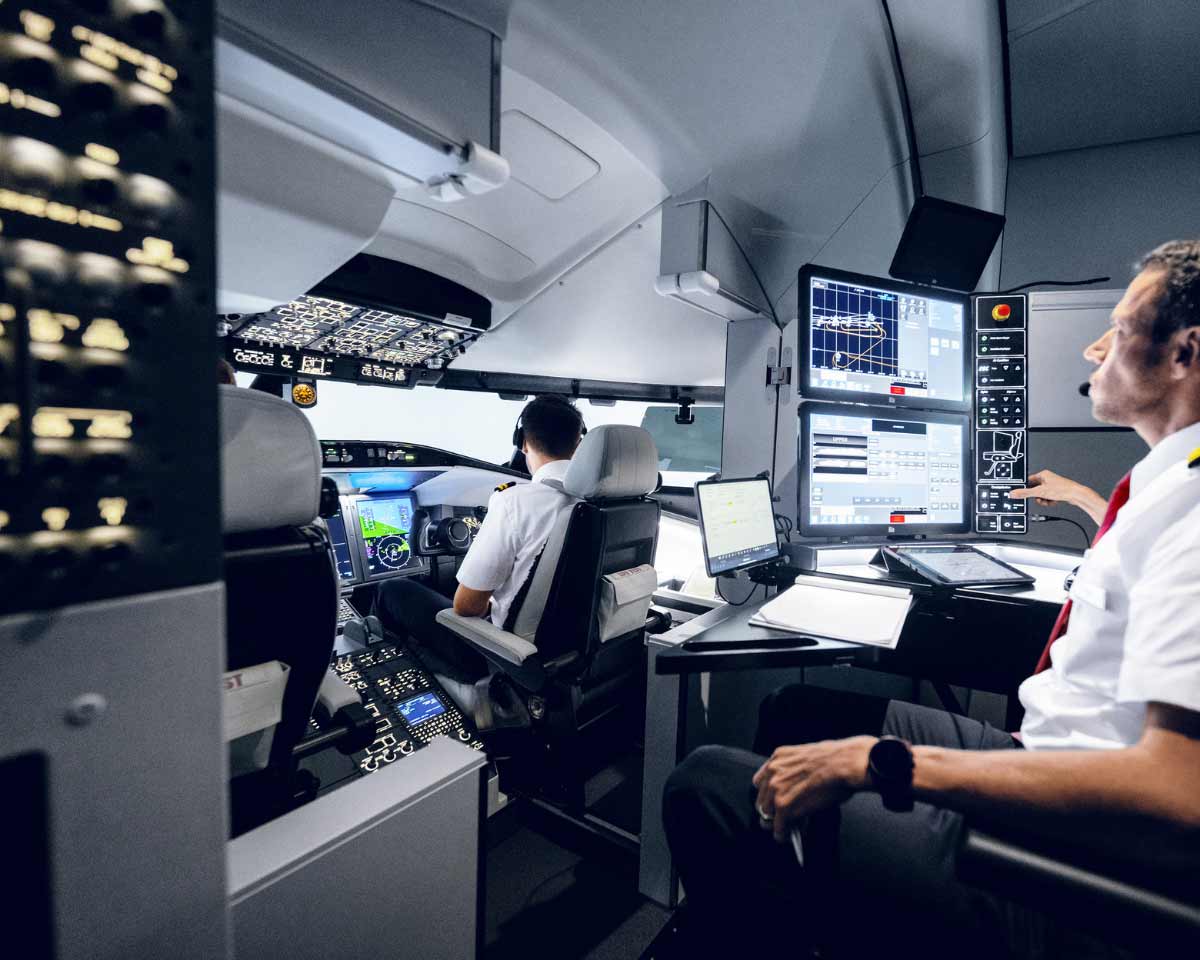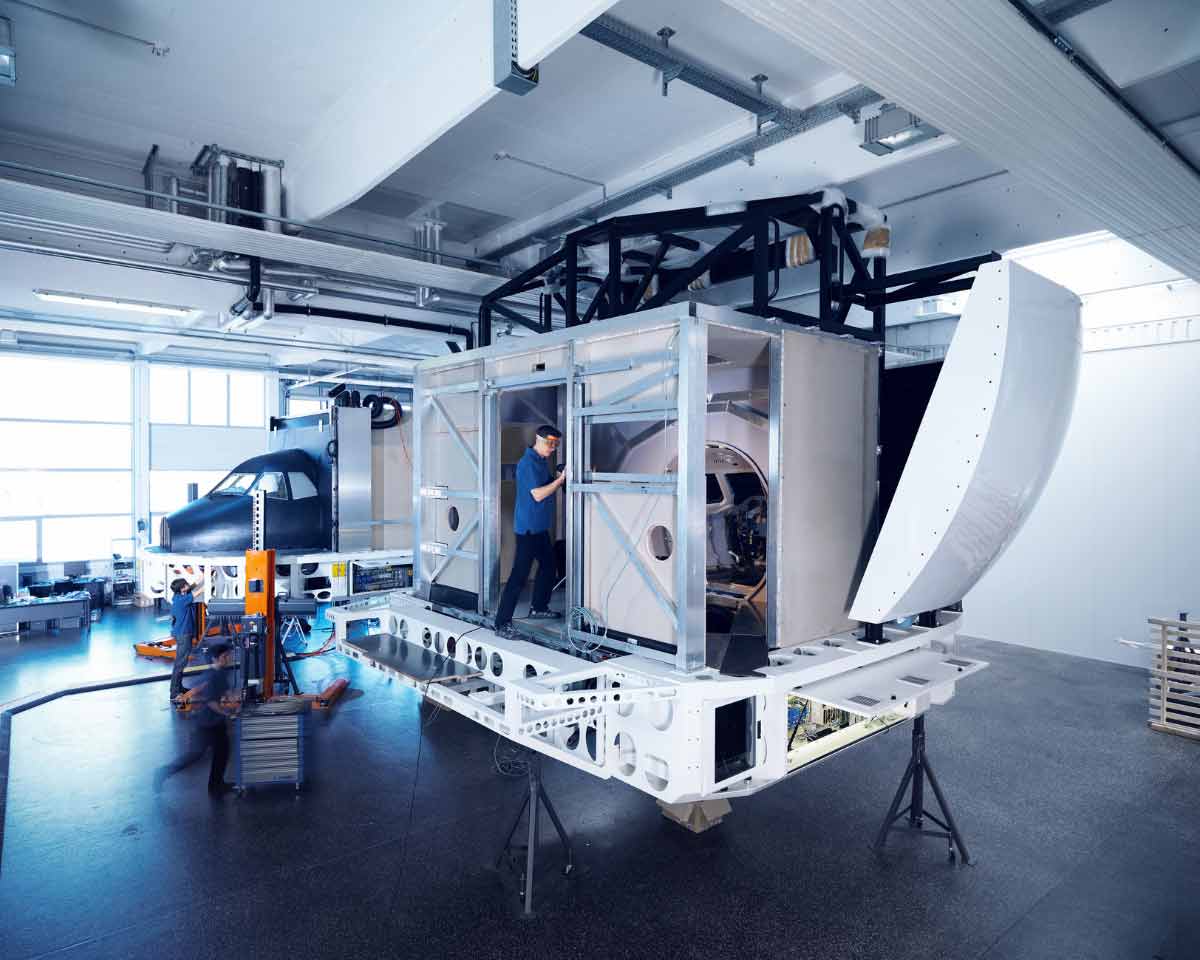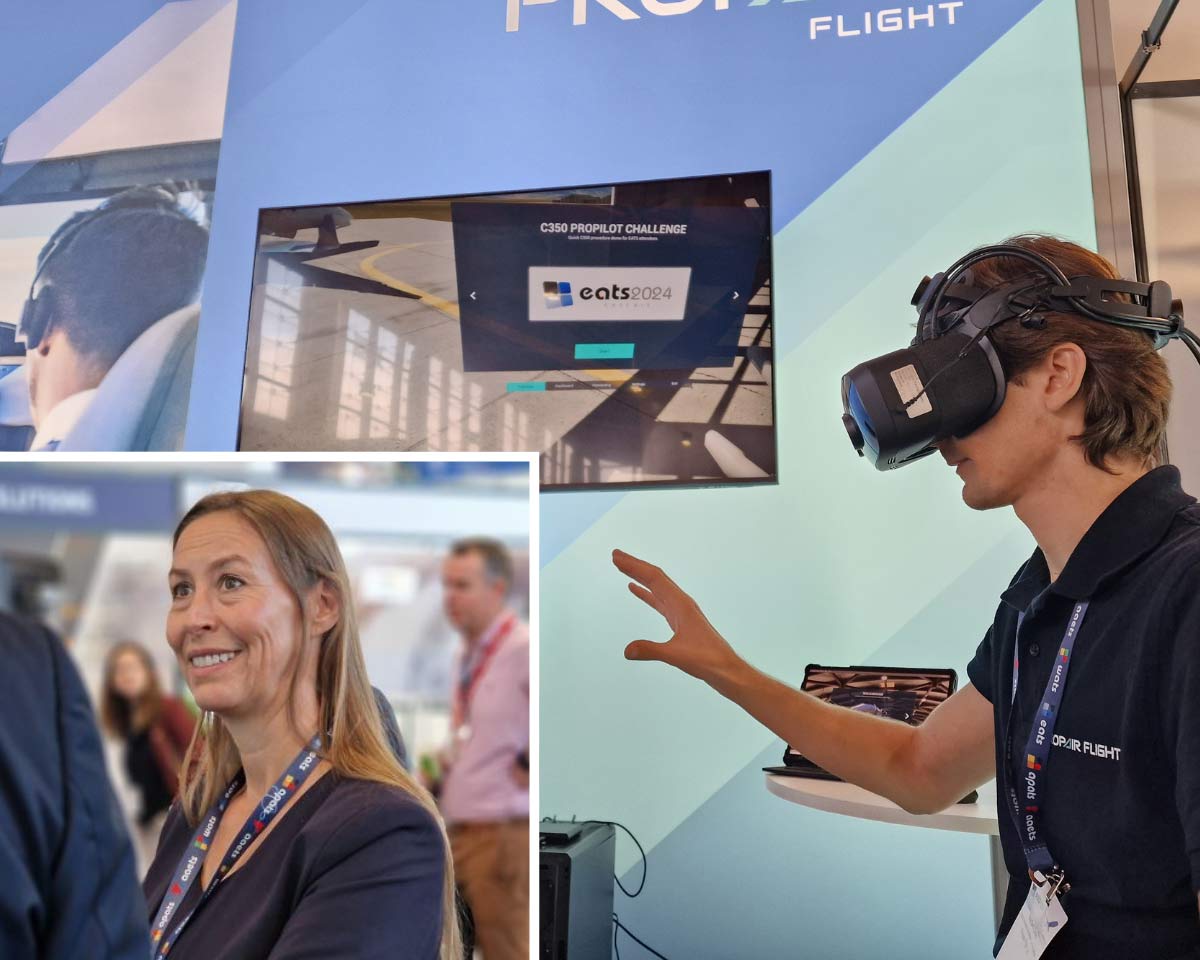Making sense of flight simulator pricing: a strategic buyer’s guide
Building a full flight simulator (FFS) requires a balance of cutting-edge technology, precision and deep industry knowledge. At AXIS Flight Simulation, we utilise three distinct methods to ensure…

Simulator pricing can seem complex. Investing in an advanced training device is not only a question of cost, but a strategic decision that can define the future of your flight training operation. Whether you’re an airline, ATO-approved flight training organisation or academic institution, understanding what impacts simulator pricing, and how to maximise your options, is essential to achieving maximum return on investment (ROI).
At AXIS Flight Simulation, we believe in transparency and clarity. This guide outlines key cost factors, the differences between simulator types, and how each option can help you achieve your specific training objectives.
Key factors that influence simulator pricing
The cost of a flight simulator is shaped by multiple interconnected factors. Understanding these can help with navigating options to find the right fit for your training programme and budget.
- Certification and regulatory compliance: A simulator’s certification level, ranging from fixed base simulators to Level D full-flight simulators (FFS), has a significant impact on simulator pricing. Higher level certification involves increasingly complex system integration, rigorous testing and compliance with global aviation standards such as EASA and FAA.
- Visual and motion realism: The precision of the visual and motion systems play a critical role in both training efficiency and simulator costs. Accurate visual displays, high-resolution image generators and wide field-of-view systems contribute to realistic training environments. However, the more complex hardware and integration required contributes to a higher overall cost.
- Hardware and software quality: The quality, reliability and modularity of core components – such as flight control systems, avionics replicas and instructor stations – directly influences both purchase price and long-term value of a flight simulator. High-end software architecture allows for smooth integration, easy upgrades and high system responsiveness.
- Ongoing maintenance and support: Simulator performance isn’t only determined by what you purchase. The availability of technical support, spare parts, software updates and regulatory requalification significantly impacts the total cost of ownership of a flight simulator. Premium simulators come with higher upfront costs, but are typically backed by structured, long term support packages, reducing downtime and unexpected expenses over the simulator’s lifetime.
Understanding pricing tiers: what you get for what you pay
Simulator pricing falls into distinct tiers, which align with training goals and regulatory requirements.
Fixed based simulators are ideal for procedural training, system familiarisation and multi-crew cooperation (MCC) training. Although most models of this level come with no motion system and simplified visuals, these simulators are highly effective for foundational training.
On the other hand, FFS are certified for advanced airline recurrent training, including high fidelity visuals, full motion systems and exact aircraft replication. These simulators are essential for high-stakes training and compliance.
AXIS Flight Simulation’s training devices are always engineered for maximum training value, regardless of tier, with a focus on reliability, accuracy and total cost of ownership.
Simulators vs aircraft training: cost and capability comparison
Training in a real aircraft may seem straightforward but comes with unpredictable variables and high operational costs. Simulators provide a safer and more consistent environment, which maintaining cost efficiency.
Aircraft training remains essential but comes with higher cost per training hour due to fuel usage, maintenance and crew requirements. It is also subject to weather conditions and scheduling limitations, making consistent training difficult. Aircraft training also offers limited opportunities for repeating specific scenarios, and training for emergency procedures can be unsafe.
Simulator training provides fixed costs, repeatable scenarios and high availability for training opportunities. The enhanced safety and operational realism from a flight simulator allows for a faster learning curve when training and higher throughput.
For most organisations, a hybrid approach is optimal; aircraft training for real-world experience, and simulators for increased efficiency, precision, and upset prevention and recovery training (UPRT).
Buying refurbished or leasing a simulator
Refurbished simulators, often 15 to 20 years old, can be a cost-effective choice if you anticipate sustained use and clear demand for simulator training. These devices offer a lower acquisition cost and potentially faster delivery.
Leasing a simulator is a great option for those with short-term training needs and can be an efficient route if operations run at a high capacity. That said, leasing can still come at a high cost, particularly for newer devices.
Choosing the best path forward
Simulator pricing is complex without the right guidance. At AXIS Flight Simulation, we structure our pricing to reflect the realities of engineering, certification and long-term operational success. We work closely with clients to ensure each simulator is tailored not only to a budget, but to a mission.
Whether you’re evaluating your first purchase or expanding an existing fleet, our goal is to deliver clarity, confidence and capability – built into every device we manufacture.
Ready to explore your options? Our team is here to walk you through the process sales@axis-simulation.com


